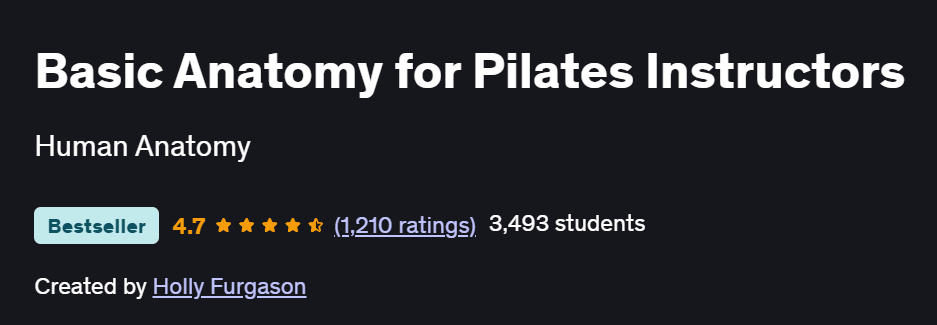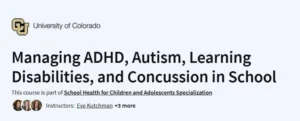What will you in Basic Anatomy for Pilates Instructors Course
- Identify major bones, joints, and muscle groups relevant to Pilates
- Understand how anatomy influences movement patterns and posture
- Apply functional anatomy principles to design safe, effective Pilates exercises
- Recognize common injury mechanisms and modify movements accordingly
- Communicate anatomy concepts clearly to clients for better body awareness
Program Overview
Introduction & Course Foundations
⏳ 30 minutes
Why anatomy matters in Pilates instruction
Overview of course structure and learning objectives
Skeletal System Essentials
⏳ 45 minutes
Major bones and joint types involved in Pilates movements
Understanding spinal alignment and pelvic positioning
Muscular Anatomy & Function
⏳ 1 hour
Key muscle groups: core stabilizers, hip extensors, scapular movers
Agonist/antagonist relationships and movement control
Biomechanics & Movement Analysis
⏳ 45 minutes
Principles of leverage, torque, and joint loading
Analysing common Pilates exercises through an anatomical lens
Exercise Application & Modifications
⏳ 1 hour
Translating anatomy into cueing for exercises like the Roll-Up and Teaser
Modifying movements for postural imbalances and injury prevention
Injury Prevention & Safe Practice
⏳ 45 minutes
Identifying red-flags and contraindications in Pilates clients
Designing safe progression plans and corrective strategies
Program Design & Assessment
⏳ 30 minutes
Structuring sessions using anatomical priorities
Assessing client alignment, range of motion, and functional goals
Get certificate
Job Outlook
- Pilates instructors with solid anatomy knowledge are in high demand for studios, gyms, and rehabilitation settings
- Understanding anatomy enhances credibility, client safety, and retention
- Opens pathways to advanced certifications (e.g., Therapeutic Pilates, Pilates for Injuries)
- Valuable for fitness professionals, physical therapists, and movement coaches integrating Pilates
Explore More Learning Paths
Take your anatomy knowledge and Pilates instruction skills to the next level with these carefully selected programs designed to enhance your teaching and understanding of the human body.
Related Courses
Anatomy Specialization Course – Master the foundational concepts of human anatomy and understand how the body functions to support effective instruction.
Anatomy of the Chest, Neck, Abdomen, and Pelvis Course – Dive deeper into specific regions of the body, gaining precise knowledge that is essential for safe and effective Pilates teaching.
Easy Anatomy and Physiology Platinum Edition Course – Learn anatomy and physiology in a simplified, engaging way that reinforces practical application for instructors.
Related Reading
What Is Human Resource Management – Gain insights into structured management and organizational skills that can enhance your approach to client instruction and studio management.
Specification: Basic Anatomy for Pilates Instructors Course
|
FAQs
- Ensures exercises are safe and injury-free.
- Improves cueing and posture correction.
- Enhances client trust and credibility.
- Helps adapt sessions for different body types.
- Builds confidence in teaching advanced movements.
- No advanced background is required.
- Concepts are taught in simple, applied terms.
- Focuses only on anatomy relevant to Pilates.
- Uses visuals and examples for clarity.
- Suitable for both new and experienced instructors.
- Identifies red-flag movements and contraindications.
- Explains how to modify exercises safely.
- Highlights common injury-prone areas.
- Encourages progressive program design.
- Promotes proper alignment and biomechanics.
- Makes instructors more competitive in the job market.
- Opens roles in rehab, gyms, and boutique studios.
- Builds pathways to advanced therapeutic Pilates certifications.
- Increases client satisfaction and retention.
- Adds value for collaborations with physiotherapists.
- Yes, applicable in yoga, barre, and dance training.
- Supports safe strength and conditioning programs.
- Useful for personal trainers focusing on posture.
- Benefits physiotherapists introducing movement therapy.
- Enhances general body-awareness coaching.





